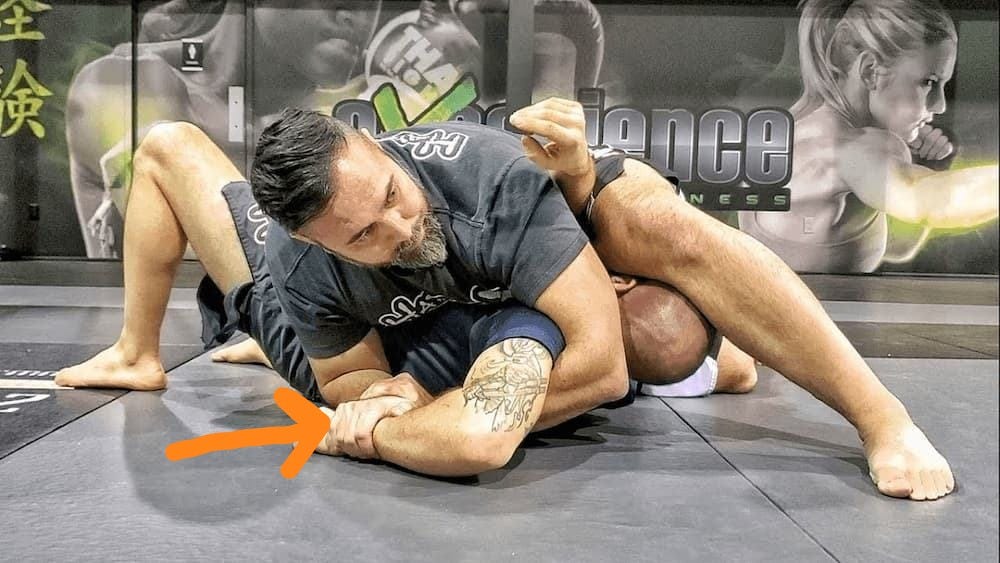In BJJ, leverage is the secret sauce that makes this martial art so effective. It’s what allows a smaller, weaker practitioner to control, sweep, or submit someone larger and stronger. Leverage is all about working smarter, not harder, by using positioning, angles, and mechanical principles to maximise efficiency.
What Is Leverage?
Leverage is the action of a lever or the mechanical advantage gained by it. Levers are simple machines that are used to make doing work easier. In BJJ, the "levers" often come from your body or your opponent's body, such as arms, legs, or hips. It is the means by which we fight an opponent efficiently, which is a principle of BJJ.
Imagine trying to lift a heavy rock with your bare hands—difficult, right? Now picture sliding a long stick under the rock and pushing down on the other end. Suddenly, the task becomes much easier. That’s leverage, and in BJJ, it can feel just as magical when applied correctly.
Examples of Levers in BJJ
Here are some common examples of how leverage is used in BJJ, broken down into relatable scenarios:
Example: The Armbar
When applying an armbar, your hips act as a fulcrum, and the opponent's arm is the lever. By controlling their wrist and pulling it while driving your hips upward, you generate enough force to hyperextend their elbow with minimal effort. We always work at the end of the lever to minimise the amount of force needed.
Example: The Kimura
In the kimura, you isolate your opponent's arm and use it as a lever. By controlling their wrist and locking their shoulder with your grip, you generate significant torque by twisting their arm behind their back.Here’s an insight: there is a trade-off between maximising leverage and robustness of our grips. If you notice in the picture above, we are grabbing our opponent’s arm just above their wrist. It would make sense to grab their hand itself to maximise leverage seeing as it is the long end of the lever. However, because the wrist is flexible, it is a poor conductor of our pushing force when we go to finish the submission. This is why we grab onto the end of their ulna/radius bone because it is robust and is closest to the end of the lever.




